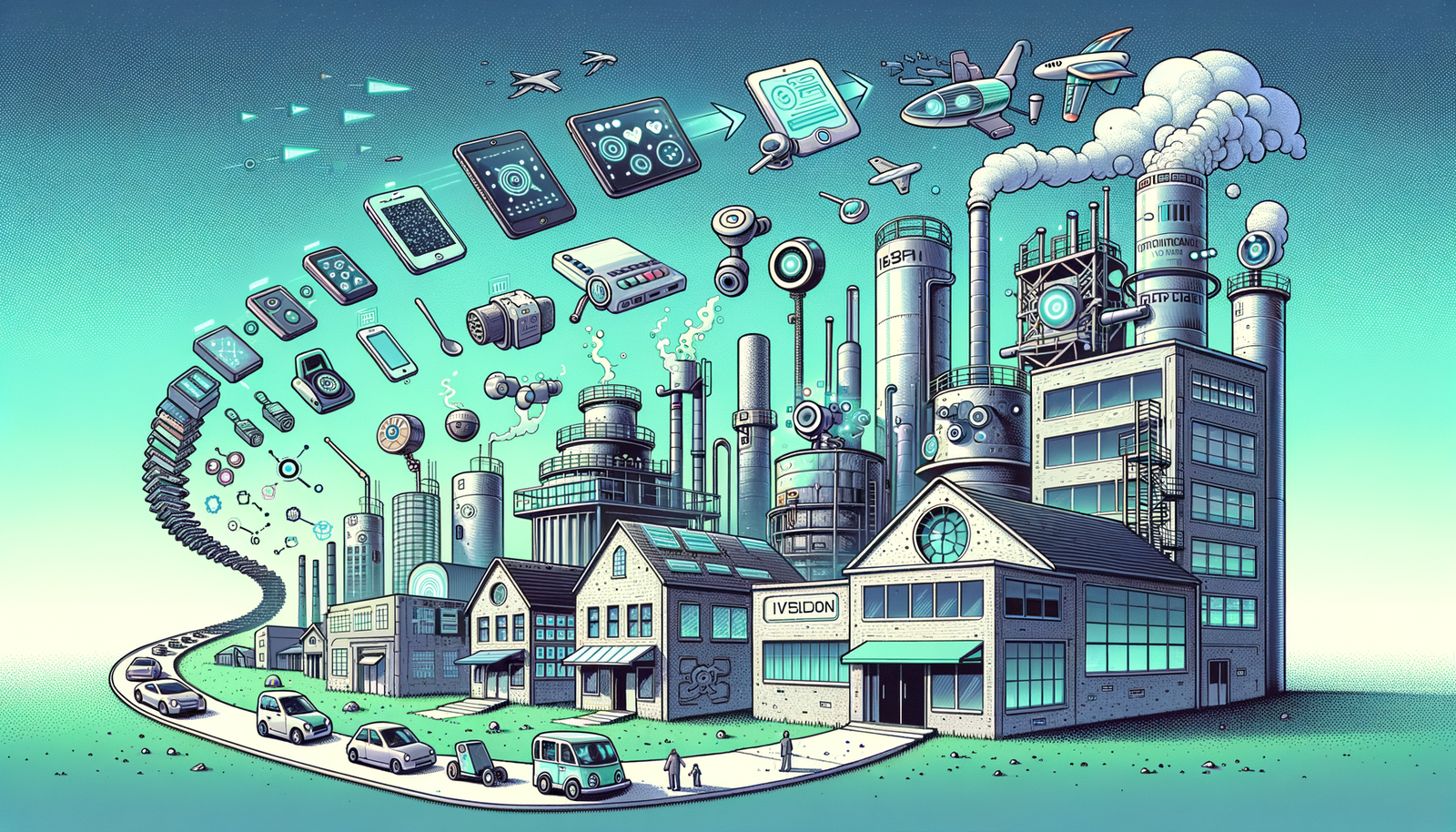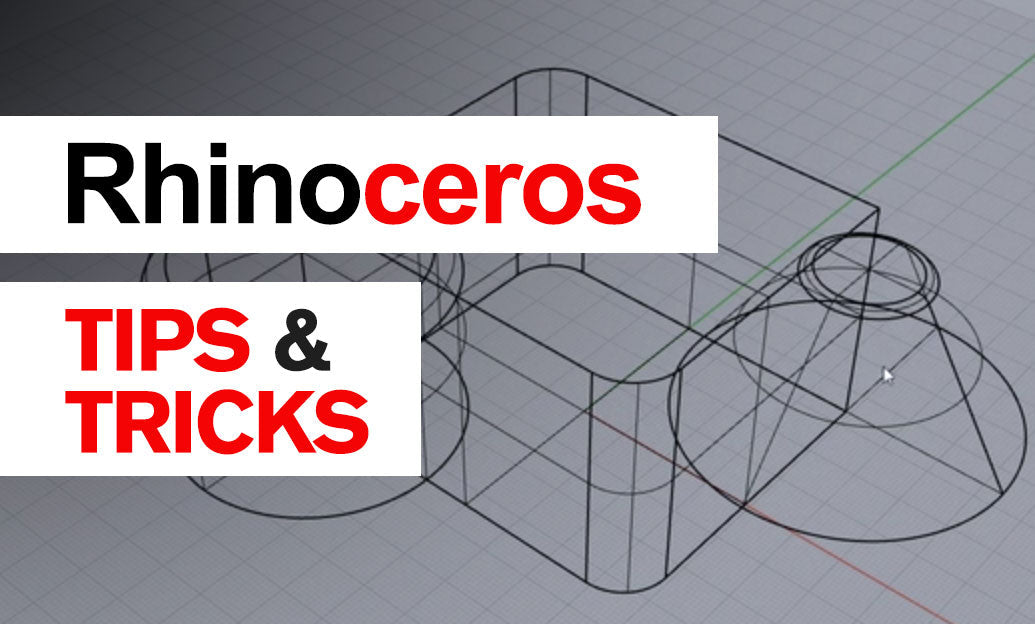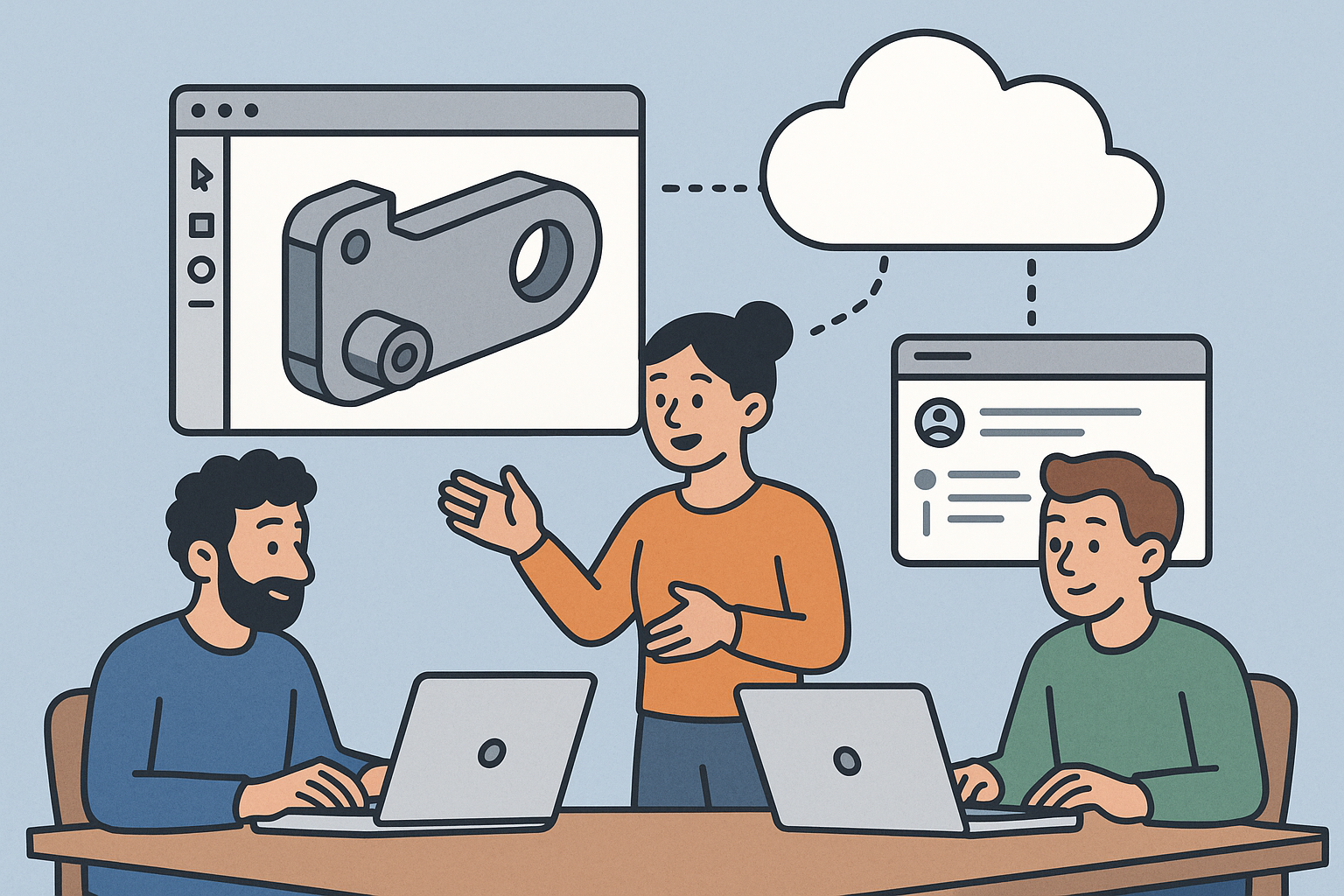Your Cart is Empty
Customer Testimonials
-
"Great customer service. The folks at Novedge were super helpful in navigating a somewhat complicated order including software upgrades and serial numbers in various stages of inactivity. They were friendly and helpful throughout the process.."
Ruben Ruckmark
"Quick & very helpful. We have been using Novedge for years and are very happy with their quick service when we need to make a purchase and excellent support resolving any issues."
Will Woodson
"Scott is the best. He reminds me about subscriptions dates, guides me in the correct direction for updates. He always responds promptly to me. He is literally the reason I continue to work with Novedge and will do so in the future."
Edward Mchugh
"Calvin Lok is “the man”. After my purchase of Sketchup 2021, he called me and provided step-by-step instructions to ease me through difficulties I was having with the setup of my new software."
Mike Borzage
Design Software History: Evolution of Interactive Visualization in Design Review: Technologies, Companies, and Future Trends
June 23, 2024 4 min read


The Rise of Interactive Visualization in Design Review
Introduction to Interactive Visualization
Interactive visualization has become a cornerstone of the modern design process, enabling designers, engineers, and stakeholders to engage with digital models dynamically. At its core, interactive visualization involves the manipulation and exploration of three-dimensional models on digital platforms, allowing users to gain insights that are often unattainable through traditional static methods. This approach is pivotal in ensuring that design intentions are accurately understood and effectively communicated, thereby enhancing the overall efficiency and quality of the design review process.
Early Beginnings
The journey of interactive visualization in design review began with rudimentary methods. Initially, design reviews were primarily conducted through physical prototypes, sketches, and blueprints. These traditional techniques, while groundbreaking at the time, were plagued with several limitations:
- Time-Consuming: Building physical models and creating detailed drawings required significant time and resources.
- Limited Iterations: Making changes to a design often necessitated starting from scratch, limiting the number of iterations that could be feasibly explored.
- Static Representation: Traditional methods lacked the ability to interact with or animate designs, making it difficult to fully comprehend spatial relationships and dynamic behaviors.
Despite these challenges, these early methods laid the foundation for the evolution of more sophisticated techniques that would revolutionize design review processes in the years to come.
Technological Advancements and Key Milestones
Development of Core Technologies
The development of core technologies has been instrumental in the advancement of interactive visualization. Central to this progress has been the exponential growth in computational power and graphic capabilities. The advent of powerful processors, high-resolution displays, and advanced graphic cards has enabled the creation of highly detailed and interactive models.
Another significant factor has been the advancements in 3D modeling software. Tools like AutoCAD, SolidWorks, and CATIA have revolutionized the way designers create and manipulate digital models. The ability to build complex geometries, perform simulations, and render high-fidelity visuals has been crucial in making interactive visualization an integral part of the design review process.
Pioneering Companies and Software
Several companies have played pivotal roles in the development and proliferation of interactive visualization technologies. Notable among them are:
- Autodesk: Renowned for its flagship product, AutoCAD, Autodesk has been a leader in providing software solutions that support interactive design and visualization. Their suite of tools has empowered designers across various industries to create, review, and refine their designs with unprecedented precision.
- Dassault Systèmes: With products like CATIA and SOLIDWORKS, Dassault Systèmes has been at the forefront of providing comprehensive 3D design and engineering solutions. Their software has been instrumental in enabling interactive visualization for complex engineering projects.
- PTC: Known for their Creo software, PTC has made significant contributions to the field of 3D CAD, augmented reality, and product lifecycle management. Their tools have facilitated interactive visualization and collaborative design review across various sectors.
Key software releases, such as AutoCAD in 1982, SolidWorks in 1995, and CATIA V5 in 1999, have had a profound impact on the industry, setting new standards for what could be achieved through digital design tools.
Industry Adoption and Practical Applications
Adoption Across Different Sectors
Interactive visualization has seen widespread adoption across various sectors, each leveraging its capabilities to meet specific needs. In the aerospace industry, the ability to visualize complex assemblies and perform virtual simulations has been invaluable in ensuring the safety and efficiency of aircraft designs. Similarly, in the automotive sector, interactive visualization aids in the design of intricate components and systems, allowing for thorough testing and refinement before physical prototypes are built.
The architecture industry has also greatly benefited from interactive visualization. Architects use tools like Autodesk Revit and SketchUp to create detailed 3D models of buildings and structures. These models can be navigated and explored in real-time, providing clients and stakeholders with a clear understanding of the design intent and facilitating more informed decision-making.
Integration with Other Technologies
The integration of interactive visualization with other emerging technologies has further enhanced its utility. Virtual Reality (VR) and Augmented Reality (AR) are prime examples of this synergy. By immersing users in a virtual environment or overlaying digital information onto the physical world, VR and AR provide unprecedented levels of interactivity and realism. This enables more effective design reviews, as users can experience and evaluate designs in a more intuitive and immersive manner.
Collaborative platforms and cloud-based solutions have also played a crucial role in the evolution of interactive visualization. Tools like Autodesk BIM 360 and Dassault Systèmes' 3DEXPERIENCE platform facilitate real-time collaboration, allowing teams to work together seamlessly, regardless of their physical location. This has opened up new possibilities for global collaboration and streamlined the design review process.
The Future of Interactive Visualization in Design Review
Current Trends and Emerging Technologies
The future of interactive visualization in design review is being shaped by several exciting trends and emerging technologies. Artificial Intelligence (AI) and Machine Learning (ML) are at the forefront of this transformation. By integrating AI and ML algorithms into design software, it is possible to perform predictive analysis and design optimization, identifying potential issues and suggesting improvements before they become critical.
Another promising development is the advent of real-time feedback systems and digital twins. Real-time feedback systems allow for instantaneous adjustments and refinements during the design review process, enhancing efficiency and accuracy. Digital twins, which are virtual replicas of physical assets, enable continuous monitoring and analysis, providing valuable insights that can inform design decisions and improve overall performance.
Challenges and Opportunities
Despite the significant advancements and promising trends, there are still challenges that need to be addressed. One of the primary challenges is the computational and data management demands of interactive visualization. The creation and manipulation of highly detailed models require substantial computational resources and efficient data management strategies. Advances in cloud computing and data storage technologies are helping to alleviate some of these concerns, but ongoing research and innovation will be necessary to fully overcome these challenges.
Looking ahead, the potential for innovation in interactive visualization is vast. Continued advancements in AI, ML, VR, and AR, coupled with improvements in computational power and data management, will open up new possibilities for more sophisticated and efficient design review processes. Future research directions may include the development of more intuitive and user-friendly interfaces, enhanced collaboration tools, and deeper integration with other emerging technologies.
Also in Design News

Rhino 3D Tip: ReplaceBlock: Batch update block instances from external files while preserving transforms
December 23, 2025 2 min read
Read More
Design Software History: Collaboration in Design Software: From File-Based PDM to Cloud-Native Co-Editing and Design Threads
December 23, 2025 9 min read
Read More
End-to-End Encryption for CAD/PLM: Protecting Design IP in Cloud Workflows
December 23, 2025 13 min read
Read MoreSubscribe
Sign up to get the latest on sales, new releases and more …


